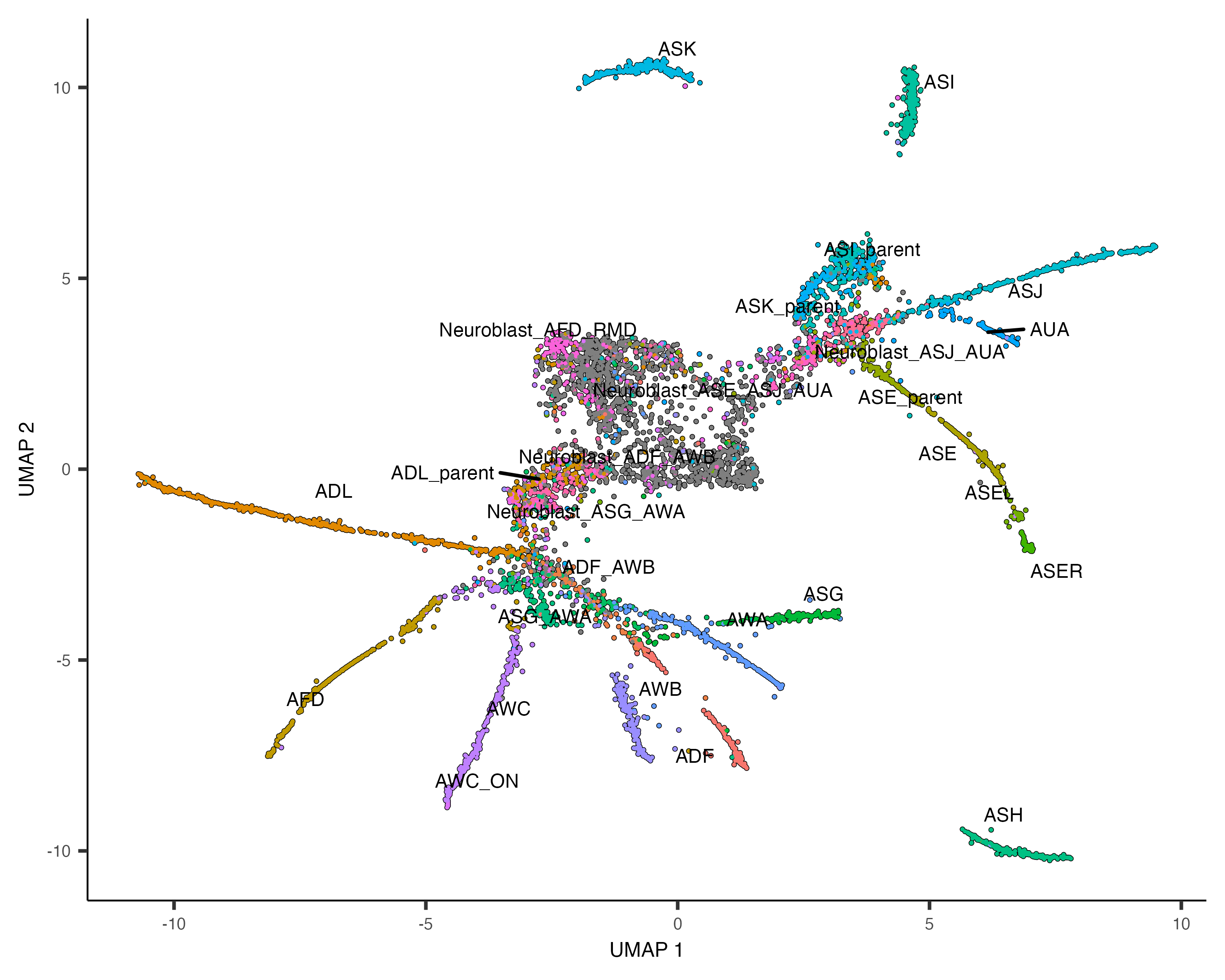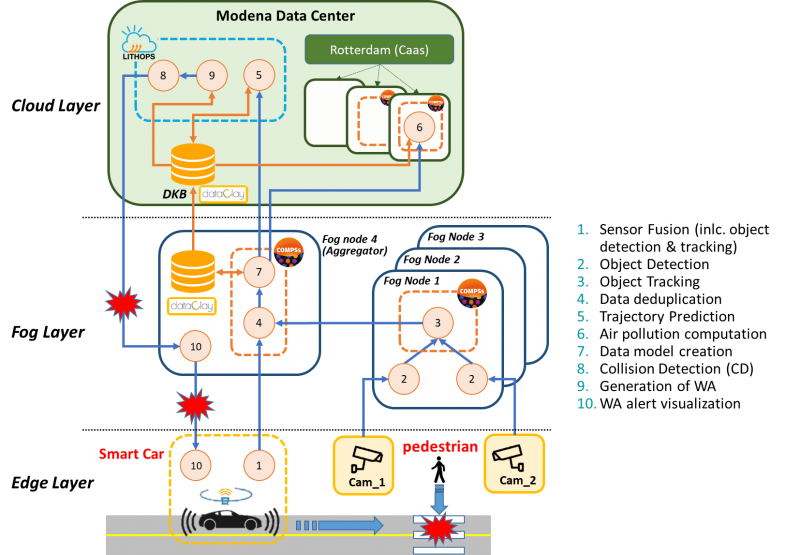
Journal: Journal of Computational Methods in Sciences and Engineering, vol. Keywords: Trajectory big data, smart city, intelligent traffic, data mining

Through the simulation we can grasp theĭistribution characteristic of GPS trajectory big data. This paper deeplyĪnalyses the application requirements of the intelligent traffic trajectoryīig data processing platform and studies the mining method to do with the The use of big dataĬloud platform data storage can greatly reduce the cost of data storage, andĪt the same time improve the security of data storage. The GPS trajectory big data has theĬharacteristic of strong real-time and great changes. System is a geometric trend growth, so it is urgent to build a platform thatĬan handle big data processing. Global Positioning System (GPS) data recording the taxi's and the bus'sĭriving time and location, the GPS-equipped taxi can be regarded as theĭetector of an urban transport system. Trajectory big data is the necessary means to build a smart city. The analysis of moving objects historical Human movement and the movement of vehicles are reflecting theĬhanges of urban env ironment. Population aging, which have seriously affected the sustainable development Resource shortage, such as the air pollution, the traffic congestion and the The search of suitable statistical method leads us to examine the functional principal component analysis (FPCA) approach 17. Authors: Zhang, Xijun a b * | Yuan, Zhanting a bĪffiliations: School of Electrical and Information Engineering, Lanzhou University of Technology, Lanzhou, Gansu, China | School of Computer and Communication, Lanzhou University of Technology, Lanzhou, Gansu, ChinaĬorresponding author: Xijun Zhang, School of Electrical and Information Engineering, Lanzhou University of Technology, Lanzhou, Gansu, China. To reduce the data collection burden for both study participants and the research team, a model that can estimate individual trajectory using irregularly spaced sparse longitudinal data is needed. Publication Date: OSTI Identifier: 22075525 Resource Type: Journal Article Journal Name: Review of Scientific Instruments Additional Journal Information: Journal Volume: 82 Journal Issue: 10 Other Information: (c) 2011 American Institute of Physics Country of input: International Atomic Energy Agency (IAEA) Journal ID: ISSN 0034-6748 Country of Publication: United States Language: English Subject: 46 INSTRUMENTATION RELATED TO NUCLEAR SCIENCE AND TECHNOLOGY 71 CLASSICAL AND QUANTUM MECHANICS, GENERAL PHYSICS ACCELERATOR FACILITIES ACCURACY COSMIC DUST DATA ANALYSIS EARTH MAGNETOSPHERE ELECTRODES EXPERIMENTAL DATA INTERPLANETARY SPACE NUMERICAL ANALYSIS PARAMETRIC ANALYSIS PARTICLES SENSORS TRAJECTORIES =. Max-Planck-Institute for Nuclear Physics, Heidelberg 69029 (Germany).Box 421, Basye, Virginia 22810 (United States) NASA Lunar Science Institute: Colorado Center for Lunar Dust and Atmospheric Studies, and Laboratory for Atmospheric and Space Physics, University of Colorado, Boulder, Colorado 80303 (United States).

Both the numerical study and the analyzed experimental data show that the more » accuracy of the DTS instrument is better than about 1% in velocity and 1 deg. A laboratory version of the DTS has been constructed and tested with particles in the velocity range of 2-5 km/s using the Heidelberg dust accelerator facility. This article presents the method of analyzing the DTS data and results from a parametric study on the accuracy of the measurements. In recent work, the DTS geometry has been optimized and a method of triggering was developed.

The DTS operational principle is based on measuring the induced charge from the dust on an array of wire electrodes. The velocity vector also reveals information on the history of interaction between the charged dust particle and the magnetospheric or interplanetary space environment. The trajectory information is imperative in determining the particles' origin and distinguishing dust particles from different sources. The Dust Trajectory Sensor (DTS) instrument is developed for the measurement of the velocity vector of cosmic dust particles.


 0 kommentar(er)
0 kommentar(er)
